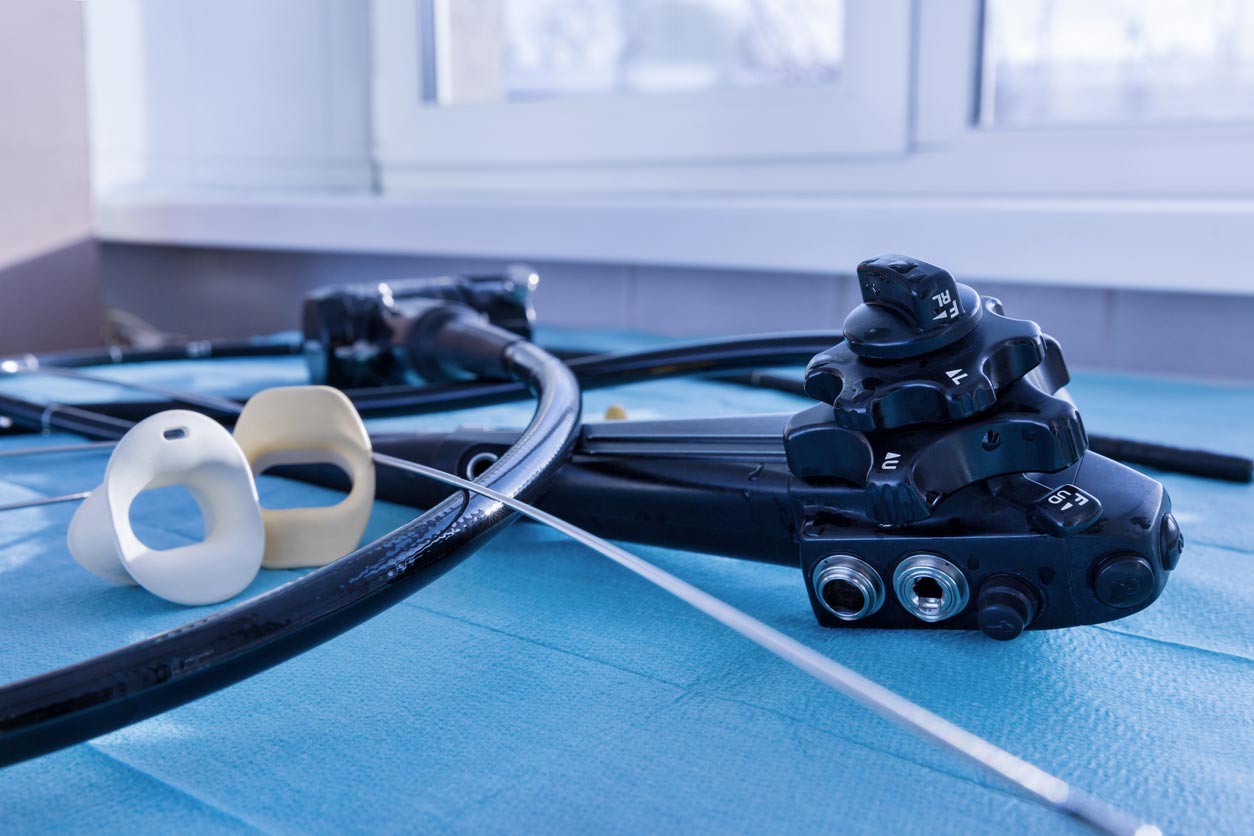
Internal damage to flexible endoscopes may be one reason for reprocessing failure.
Harmful bacteria can embed in grooves or scratches along flexible endoscope channels and be difficult to detect and remove with manual cleaning or high-level disinfection.
And a new study shows that endoscopes may present internal damage even before their first use.
Dr. Tara Keihanian of the University of Miami Health System presented her research at the American College of Gastroenterology virtual conference this year. Keihanian and Dr. Mohit Girotra inspected the working channels of 17 endoscopes 68 times for the study.
Keihanian and Girotra found at least some form of scratches, debris, and/or stains in the working channels of the 17 new and unused endoscopes - five colonoscopes, four esophagogastroduodenoscopy scopes, three duodenoscopes, four echoendoscopes and one enteroscope.
In addition, they found that high-level disinfection did not correct these flaws. Fourteen out of 17 scopes were stained when examined initially. After high-level disinfection, 12 were still stained, the authors write.
Kiehanian and Girotra found endoscope damage by analyzing recorded video from high-resolution inspection scopes.
In the abstract about the study, published during the ACG virtual conference in October, the authors recommend manufacturers visually inspect endoscope working channels prior to release.
Previous research has analyzed the integrity of working channels for endoscopes after a period of use. A 2018 study in Gastrointestinal Endoscopy found the working channels of endoscopes in a busy academic endoscopic unit did show signs of mild damage. The extent of the damage was not dependent on the age of the scope, according to the 2018 study.
This new research, however, was the first study to assess internal damage to brand-new scopes.
Internal damage is expected over time due to the repeated bending of channels and from accessories moving through them during procedures. Most endoscopes are made with polytetrafluorethylene tubing, which is durable and resistant to reprocessing chemicals. It’s also, however, not very flexible.
Inadequate reprocessing of flexible endoscopes has caused numerous disease outbreaks, including infections caused by multi-drug resistant bacteria.


